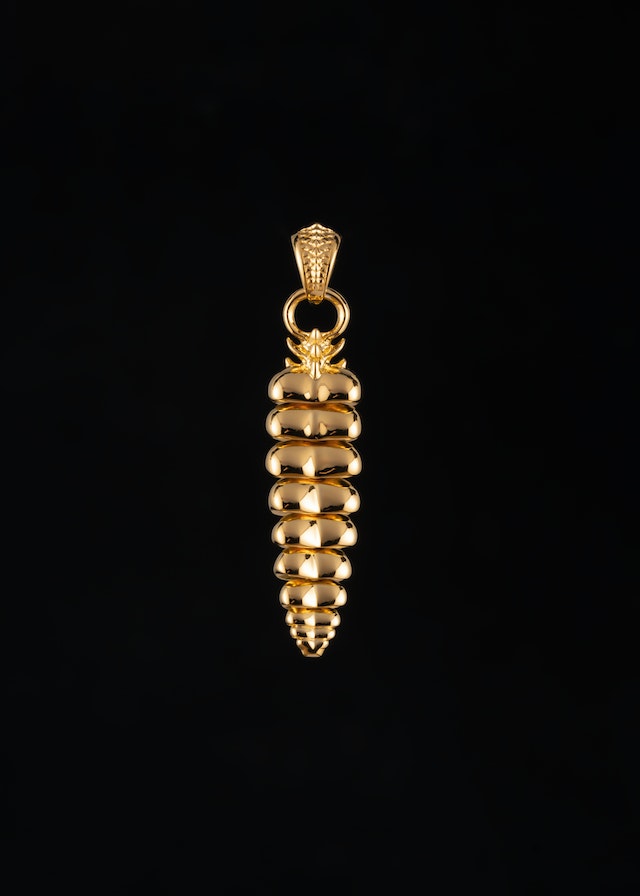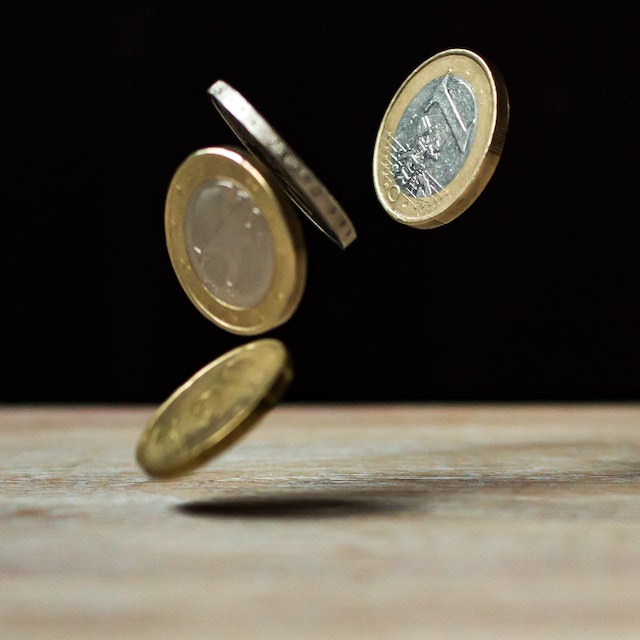Precious metals have long been viewed as a valuable asset in the global economy, but what role do they play in economic cycles? Analyzing their current and historic roles can provide insights into how these assets behave during different stages of an economic cycle. This article will delve into the use of precious metals throughout history and how it has impacted various economies over time. It will also cover modern-day trends and correlations between fluctuations in the market for precious metals and economic cycles. Finally, this piece will explore strategies for utilizing precious metals to benefit from changes in markets.
In ancient times, gold was seen as a symbol of wealth by many cultures around the world. Many civilizations used gold coins or other forms of currency backed by gold reserves to trade goods and services with one another. Today, precious metals are still considered important commodities that can be bought and sold on commodity exchanges around the globe. Gold is especially valued due to its rarity, stability, durability, portability, liquidity and divisibility making it an attractive investment option when compared to other assets such as stocks or bonds.
The purpose of this article is to analyze the role that precious metals have played in economic cycles throughout history; examining both past performance and potential future implications. The data collected will be utilized to evaluate common patterns amongst different countries’ experiences with using precious metals as part of their respective monetary systems. Additionally, this article aims to offer insight into strategies investors could employ if considering investing in precious metal markets during different stages of an economic cycle.
Definition Of Precious Metals
Precious metals are some of the rarest and most valuable commodities in the world. They have been used for thousands of years as a form of currency exchange, investment, jewelry, and ornamentation by civilizations all over the globe. Precious metals include gold, silver, platinum, palladium and rhodium. These elements are naturally occurring chemical elements which have an extremely high intrinsic value due to their rarity and physical properties; they are generally resistant to corrosion and oxidation and can be melted down into coins or bars that retain their value even when transformed into different shapes or sizes.
The economic importance of precious metals has long been recognized throughout history as a reliable store of wealth during times of political turmoil or financial distress due to its limited supply and relative stability compared to other forms of money. Even today, it is not uncommon to see investors turning towards these precious assets during periods of stock market volatility or inflationary pressures. In addition, many central banks around the world use gold reserves as part of their overall monetary policy strategies. This provides further evidence that precious metals remain important components within global economics despite advances in technology such as digital currencies like Bitcoin.
Impact Of Precious Metals On Markets
The impact of precious metals on markets can be immense. The phenomenon has been observed in many different contexts and over a range of timescales. In the short-term, movements in gold prices are often seen as an indicator of economic instability or uncertainty. When investors become uncertain about the future direction of global markets, they tend to turn to gold and other safe haven assets for protection against market volatility. Over longer time frames, movements in gold prices have also been found to correlate with changes in inflation expectations and therefore affect broader macroeconomic trends.
In addition, fluctuations in silver prices may provide insight into currency exchange rate dynamics. Precious metals such as gold and silver can act as bridges between different currency regimes, providing stability when there is disparity between them. As such, shifts in silver prices can help anticipate major shifts in international exchange rates that ultimately ripple out through the entire global economy. Thus it becomes clear why these metals remain such important components within financial systems around the world – their influence on markets can be enormous and far reaching.
Role Of Precious Metals In Business Cycles
The role of the best precious metal IRA companies in economic cycles is an intriguing yet complex subject to analyze. On one hand, it can be argued that precious metals are a safe-haven asset during turbulent economic times, as investors flock to them for their stability and relative scarcity. However, on the other hand, some economists believe that gold and silver prices may exacerbate recessions by creating uncertainty around inflationary expectations.
To understand the impact of precious metals on business cycles more accurately, we must consider both sides of this debate. For example, while it is true that they provide greater security than stocks or bonds when markets become volatile, there are also risks associated with relying too heavily on these assets. Gold prices have been known to spike suddenly and unexpectedly – leading to sharp declines in value and potential losses for investors who had bought into the market at high levels. Similarly, silver has long been considered a riskier investment option due to its susceptibility to sudden price fluctuations. As such, investing solely in precious metals could lead to significant losses if not done carefully.
Furthermore, some economists argue that rising gold prices indicate underlying concerns about inflationary policies and currency devaluation. This means that increases in gold values could signal upcoming recessions rather than providing protection from them; investors may flee from paper currencies into physical bullion as a hedge against future inflationary pressures – exacerbating existing downturns instead of mitigating them.
In sum, while there is no consensus among experts regarding the precise relationship between gold and silver prices and economic cycles, it is clear that understanding the intricate forces at play is essential for anyone looking to invest in either of these commodities over extended periods of time. Investing without proper knowledge could result in considerable financial loss amidst tumultuous macroeconomic conditions; thus caution should always be exercised when considering how best to deploy capital towards precious metal investments during any given cycle.
Historical Analysis Of Precious Metal Prices
Precious metals have been an integral part of the economic cycle since ancient times, serving as a store of value and medium of exchange. The relative prices of gold, silver, and other precious metals are determined by supply and demand factors in the global marketplace. Historical analysis reveals several patterns in how these prices have shifted over time.
The price of gold rose sharply between 2000-2011 due to increased investment activity from hedge funds and central banks around the world. This period also saw significant growth in jewelry production as well as industrial uses for gold such as electronics components. Silver experienced similar gains during this same timeframe but at a slower rate than gold due to lower levels of investment interest compared to its sister metal.
Platinum was less affected by overall market sentiment during this period, with its price relatively stable until 2008 when automotive industry disruptions sent platinum’s price into decline. Palladium showed strong growth throughout the decade driven largely by increasing demand for catalytic converters which contain palladium among other precious metals. In recent years, all four major precious metals have seen fluctuations tied more closely to changing macroeconomic conditions across developed markets.
Conclusion
Precious metals have been a valuable asset in economic cycles for centuries. Metaphorically, they are the anchor of a ship in stormy waters, giving stability to markets and providing protection against volatility and risk. In this blog post we will analyze the role these precious commodities play in business cycles.
First, it is important to understand what precious metals are. They consist of gold, silver, platinum, palladium, rhodium and other rare materials that hold value due to their scarcity and demand from investors who view them as safe-haven investments during times of financial uncertainty.
The impact of precious metals on markets can be seen when there is an increase or decrease in prices; this has a direct effect on currencies, stocks and bonds which may result in slower growth or higher inflation rates depending on the situation. For example, during the 2008 global financial crisis gold prices spiked significantly due to lower interest rates and increased investor confidence in its ability to act as a hedge against risk.
Finally, our historical analysis indicates that precious metal prices tend to fluctuate with market conditions such as recessions or booms; however they generally remain stable over time since they represent a finite resource with limited supply – making them desirable as long term investments regardless of economic circumstances. As more people invest in these assets, their values continue to rise steadily even when other markets may experience sharp declines.
In conclusion, while fluctuations do occur periodically due to changing market dynamics, precious metals remain a reliable source of wealth generation throughout various economic cycles – serving both individual investors and larger institutions looking for safe-havens against volatile stock markets. It’s clear why these resources have held so much clout throughout history!


